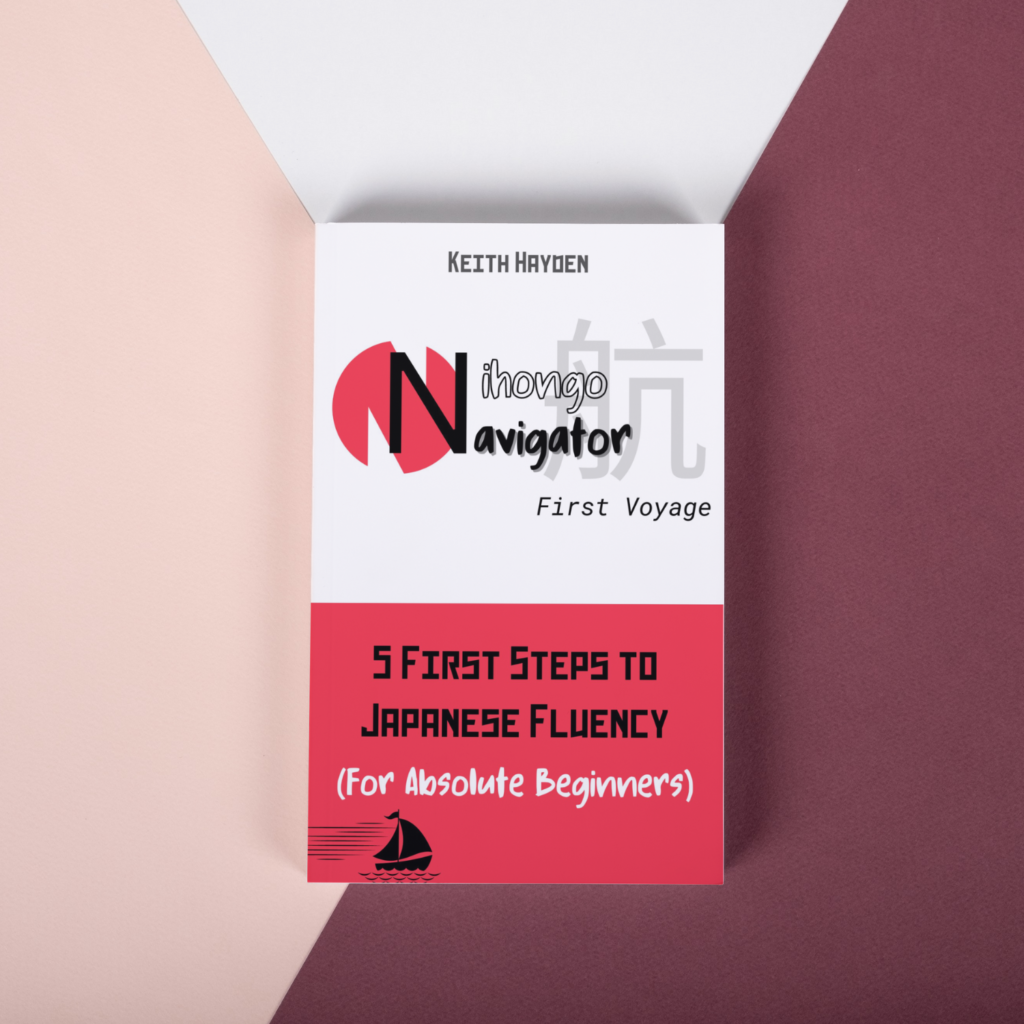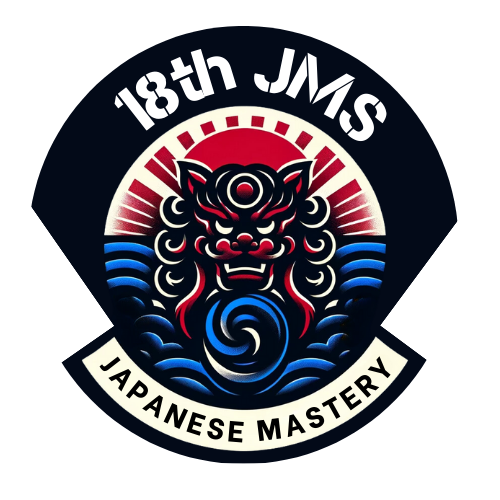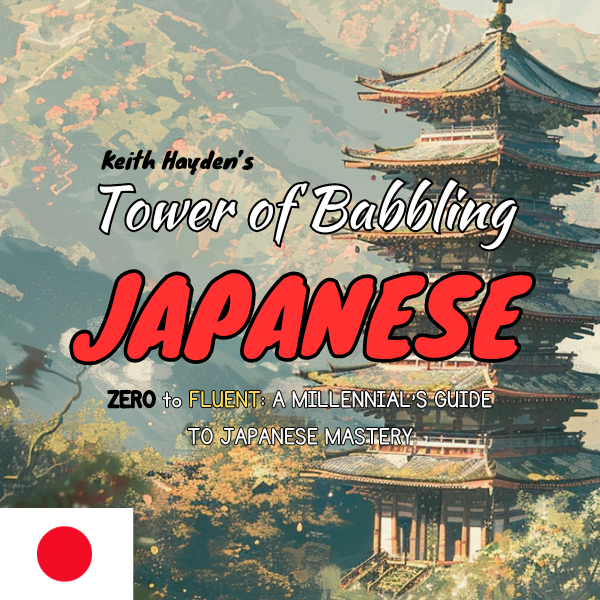Japanese Study Notes – 8 – 14 Apr 24
日本語で
N/A
Japanese Study Notes
9 Apr 24
WaniKani Study (Kanji + Vocab + Grammar) Session #1 (20 mins)
セレウス&リムニク (Cereus & Limnic) – read + write + grammar + kanji + listen (35 mins)
8 Apr 24
WaniKani Study (Kanji + Vocab) Session #1-3 (45 mins)
セレウス&リムニク (Cereus & Limnic) – read + write + grammar + kanji + listen (45 mins)
Listen to Japanese radio (20 mins)
Read + write on Japanese Twitter (30 mins)
Watch “Stella Blade Demo” in Japanese (30 mins)
Sentences written
9 Apr 24
唇は薄く、わずかに上向きに弧を描いていた。
Her lips were thin and arched slightly upward.
しかし今日は、陽気な彼の顔立ちが不安のベールに包まれ、いつもは上向きの顔のラインの方向が逆転していた。
Today, however, his jovial features were veiled in anxiety, and the direction of his usually upturned facial lines was reversed.
8 Apr 24
顔の皮膚は驚くほど滑らかで、陽気な目は笑いを誘う。
The skin on his face is remarkably smooth, and his jovial eyes invite laughter.
口と目のまわりに刻まれたシワは、生涯、悪い冗談を言ったり、それに反応したりしてきたことを物語っている。
The wrinkles etched around his mouth and eyes tell the story of a lifetime of telling and reacting to bad jokes.
Interesting Kanji
9 Apr 24
弧 (ko) – bow
逆 (gyaku) – comes from “rebel, someone who goes against the norm” (means reverse)
8 Apr 24
皮 – originally meant to skin an animal
驚 – originally meant “a horse becoming panic-stricken after being startled
誘 – tempt or entice
刻 – carve, engrave
涯 – horizon, limit
Interesting words
9 Apr 24
わずかに – barely, slightly
上向きに (uwamuki) – pointing up
弧 (ko) – arc
顔立ち (kaodachi) – features (physical)
包まれ (tsutsumare) – to be wrapped in (and)
逆転していた (gyakuten) – it was reversed (suddenly)
8 Apr 24
滑らか – smooth
誘う – to provoke
刻む – to engrave
生涯 – lifetime
反応 – reacting
Grammar
8 Apr 24
ほど (hodo)
ほど: This particle is used here to indicate the degree or extent of something. When combined with 驚く, it means “to the extent that it is surprising” or “surprisingly.” It emphasizes the level of smoothness of the skin.
(Explained further)
When you think of ほど, imagine saying “so” in English, like when you say “it’s so smooth” or “so cool” to emphasize how much or to what degree something is. It’s like you’re stretching the quality to highlight just how much it stands out.
So, when you see 驚くほど (おどろくほど), think of it as saying “so surprising that…” or “so much so that it’s surprising.” It’s like you’re saying, “Wow, it’s so smooth that it’s actually surprising!”
Here’s how you can think of it in casual conversation:
- 驚くほど美味しい (おどろくほどおいしい) – “It’s so delicious that it’s surprising!” or simply “crazy delicious!”
- 彼は忙しいほど忙しい (かれはいそがしいほどいそがしい) – “He’s so busy it’s like, super busy!”
- 高いほど良い (たかいほどよい) – “The more expensive, the better” or “so expensive that it’s good.”
When you hear someone using ほど, they’re stretching out a quality to make a point about how significant it is. It’s like they’re underlining or bolding a word to say, “Hey, pay attention to this; it’s a lot!”
Idioms/Expressions/Other Explanations
difference between 描く (egaku) and 描く (kaku)
描く can indeed be read as “egaku” and “kaku,” and each reading comes with its nuances.
- 描く (えがく) [egaku]: This version is more specific and is often used in the context of drawing, painting, or sketching with an emphasis on creativity or artistry. When you “egaku,” you’re usually creating a detailed or artistic representation, like painting a picture or sketching a portrait. Examples:
- 絵を描く (e o egaku) – To draw a picture
- 景色を描く (keishoku o egaku) – To depict a scene
- 描く (かく) [kaku]: While this can also refer to the act of drawing, it’s a more general term and can be used for writing as well. The emphasis is less on the artistic aspect and more on the act itself. Examples:
- 地図を描く (chizu o kaku) – To draw a map (where it could be more about the act of drawing rather than artistic expression)
- 文字を描く (moji o kaku) – To write characters (where “kaku” leans more towards writing than drawing)
So, the key difference lies in the context and the nuance of the action – “egaku” leans more towards artistic endeavors, while “kaku” is more general and can also apply to writing.
Hope you enjoyed my notes.
If you’re just getting started with Japanese, my 5-Day email course “Nihongo Navigator” is a great way to get the basics down.

Squad UP Your Japanese!

Join the 18th Japanese Mastery Squadron on Facebook for regular posts about improving your Japanese
Tower of Babbling Japanese

Challenge yourself to learn Japanese one day at a time.
With three 3 difficulty levels, you’re destined to reach your goals with Japanese with this free resource. (Even if you’re a complete beginner.)
Do you have what it takes to climb the tower?

